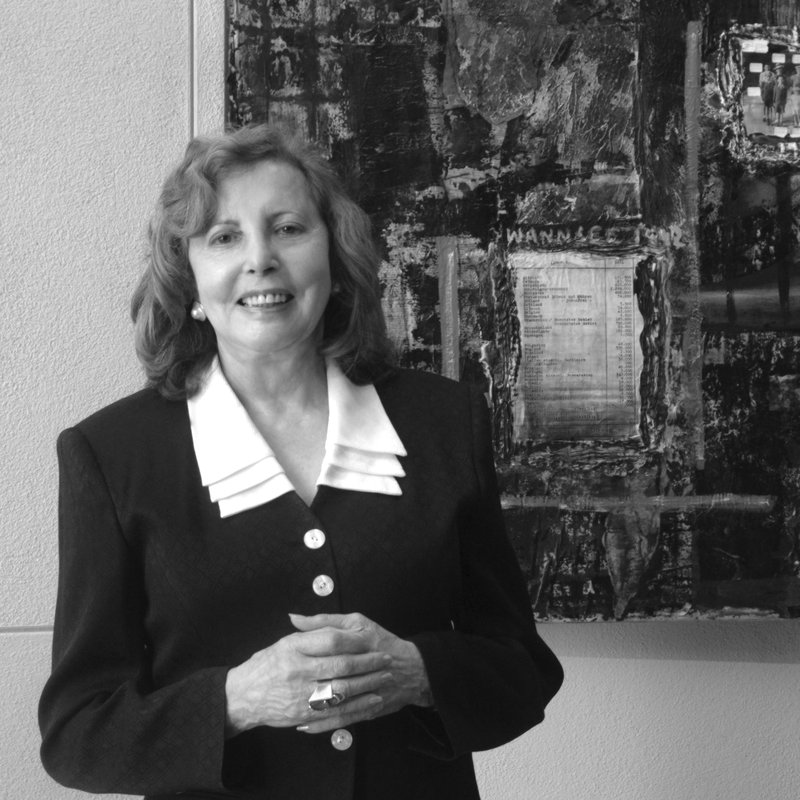
“…instead of cursing God and man, we create a new country. We give birth to children and we raise them Jewish and we affirm them to life, to faith. What incredible people we are.”
Germany invaded and overran Hungary in March 1944 working with devastating speed to subdue the country and to isolate its Jews. By the summer of 1944, deportations to the concentration camps had begun. Alice’s father managed to escape to Budapest, where he was helped by Raoul Wallenberg, the Swedish diplomat who distributed protective passports that spared their bearers from deportation.
Other family members were not so fortunate. Together with their mother, Alice and her siblings were sent to Auschwitz. Like many other Hungarian Jews, Alice was shocked by the swiftness with which the Jews were segregated, deported and marked for murder. She met the scene that greeted her at Auschwitz with utter disbelief, commenting to Edith that they must have been taken to the wrong place. Alice’s mother and her younger brothers were sent immediately to the gas chambers, but Alice and Edith looked fit for work so they were sent to a munitions factory where they toiled as slave laborers. In February 1945, as the Allies approached, the inmates were sent on a death march that ended in the concentration camp of Bergen-Belsen.
The first British troops to enter Bergen-Belsen on April 15, 1945, were horrified by the scene before them. Emaciated prisoners with hollow eyes, more dead than alive, stared blankly at them. Edith, weakened beyond endurance, died soon after liberation. Alice was sent to Sweden with other young survivors to recuperate. When she regained her strength, she emigrated to Palestine where she met and married Rabbi Moshe Cahana. Several years later they came to the United States where they raised a daughter and two sons, both of whom followed in their father’s footsteps and became rabbis.
Alice studied at the University of Houston and Rice University, establishing a career as a painter. Her artwork memorialized and paid tribute to the victims of the Holocaust. During a visit to Holocaust Museum Houston shortly after it opened, Steven Spielberg saw an exhibition of Alice’s artwork in the Mincberg Gallery. He was so moved that he decided to feature Alice in “The Last Days,” his 1997 documentary about Holocaust survivors from Hungary.
Alice considered her survival to symbolize both resistance and affirmation: “I always ask what incredible people we are… instead of cursing God and man, we create a new country. We give birth to children and we raise them Jewish and we affirm them to life, to faith. What incredible people we are.”